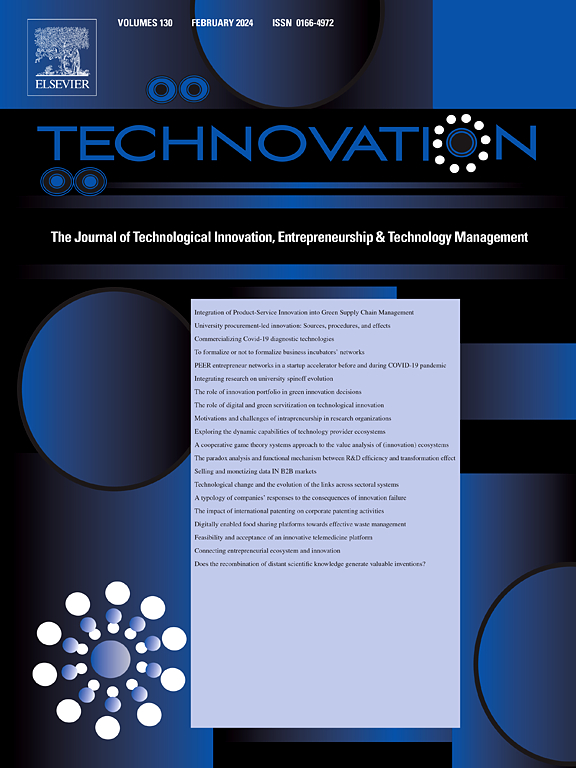How is a product manager-designer relationship in a professional setting stimulated to generate a creative outcome?
IF 10.9
1区 管理学
Q1 ENGINEERING, INDUSTRIAL
引用次数: 0
Abstract
Pioneer companies capture the market through product and/or service innovation. However, the innovation success rate is very low, and innovators need to learn the successful process from market leaders. Creativity as an idea for innovation is the key to competing with leading manufacturers. This research investigates the mechanisms through which the key influential factors in product development process (i.e., co-design, design brief, intrinsic motivation, and managerial risk-taking and trust), lead to creativity in product development outcomes. As pioneer producers often work with professionals to ensure success, we asked professional product managers and designers worldwide about a product development process with a creative outcome that they had undertaken. It has found managerial “risk-taking” and “trust,” as well as “co-design” and the design “brief,” which are congruent with the key factors in the agency theory, to be influential factors on outcome “creativity.” Furthermore, the results show the prominent role of the intrinsic motivation of professionals in a product manager-designer relationship. The current research is the first study that simultaneously investigates both professional product designers and managers worldwide to reveal how their creativity is stimulated in a new product development process. The research expands our knowledge about manager–agent; and manager–professional agent theories, and develops those by proposing the “professional manager-professional designer relationship”.
在专业的环境中,产品经理和设计师的关系是如何产生创造性成果的?
先锋公司通过产品和/或服务创新来占领市场。但是,创新的成功率非常低,创新者需要向市场领导者学习成功的过程。作为创新理念的创造力是与领先制造商竞争的关键。本研究探讨了产品开发过程中的关键影响因素(即共同设计、设计概要、内在动机、管理层风险承担和信任)对产品开发结果创造力的影响机制。由于先锋制作人经常与专业人士合作以确保成功,我们向世界各地的专业产品经理和设计师询问了他们所从事的具有创造性结果的产品开发过程。研究发现,与代理理论中的关键因素一致的管理“冒险”和“信任”以及“共同设计”和设计“简要”是影响结果“创造力”的因素。此外,研究结果显示专业人员的内在动机在产品经理-设计师关系中起着突出的作用。目前的研究是第一个同时调查全球专业产品设计师和经理的研究,以揭示他们的创造力是如何在新产品开发过程中被激发的。本研究拓展了我们对管理者-代理人的认识;经理人-职业代理人理论,并通过提出“职业经理人-职业设计师关系”对其进行发展。
本文章由计算机程序翻译,如有差异,请以英文原文为准。
求助全文
约1分钟内获得全文
求助全文
来源期刊

Technovation
管理科学-工程:工业
CiteScore
15.10
自引率
11.20%
发文量
208
审稿时长
91 days
期刊介绍:
The interdisciplinary journal Technovation covers various aspects of technological innovation, exploring processes, products, and social impacts. It examines innovation in both process and product realms, including social innovations like regulatory frameworks and non-economic benefits. Topics range from emerging trends and capital for development to managing technology-intensive ventures and innovation in organizations of different sizes. It also discusses organizational structures, investment strategies for science and technology enterprises, and the roles of technological innovators. Additionally, it addresses technology transfer between developing countries and innovation across enterprise, political, and economic systems.
 求助内容:
求助内容: 应助结果提醒方式:
应助结果提醒方式:


